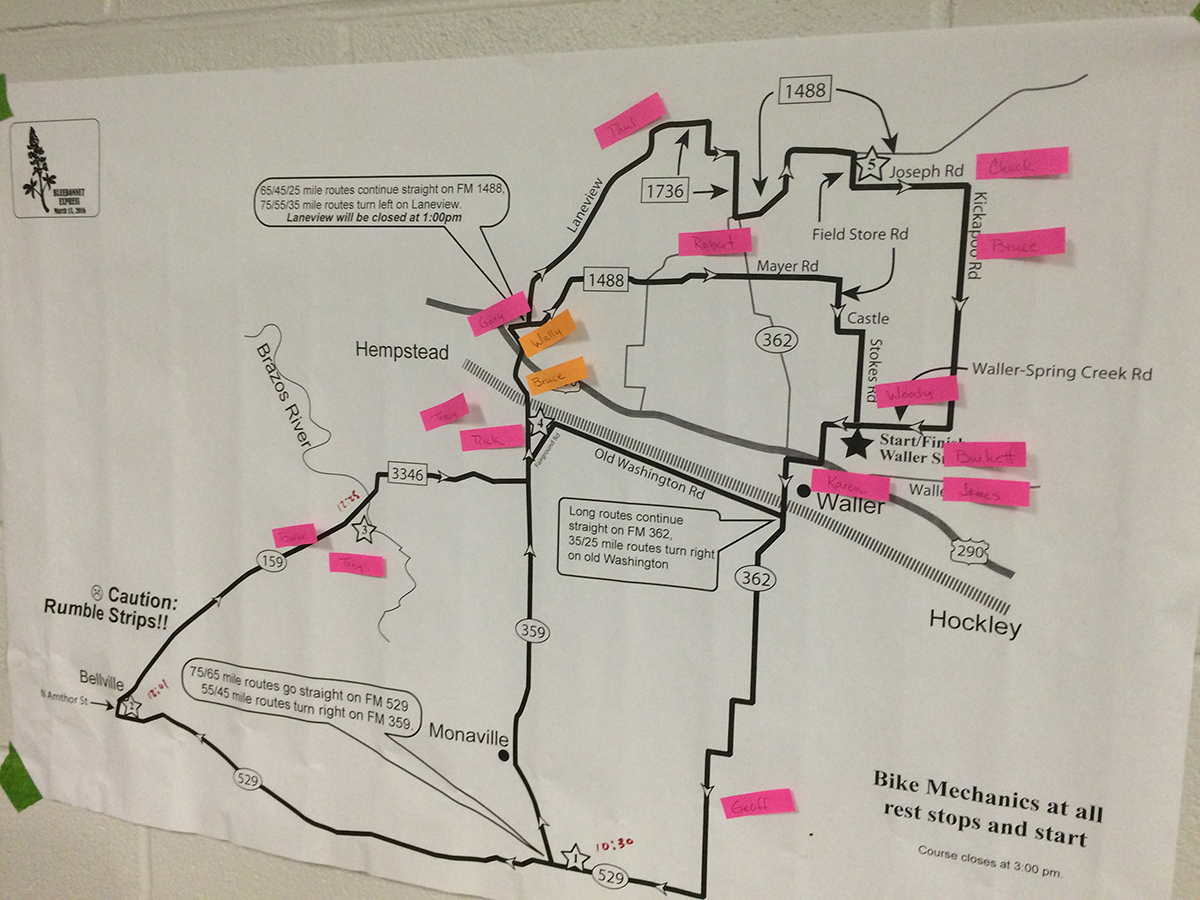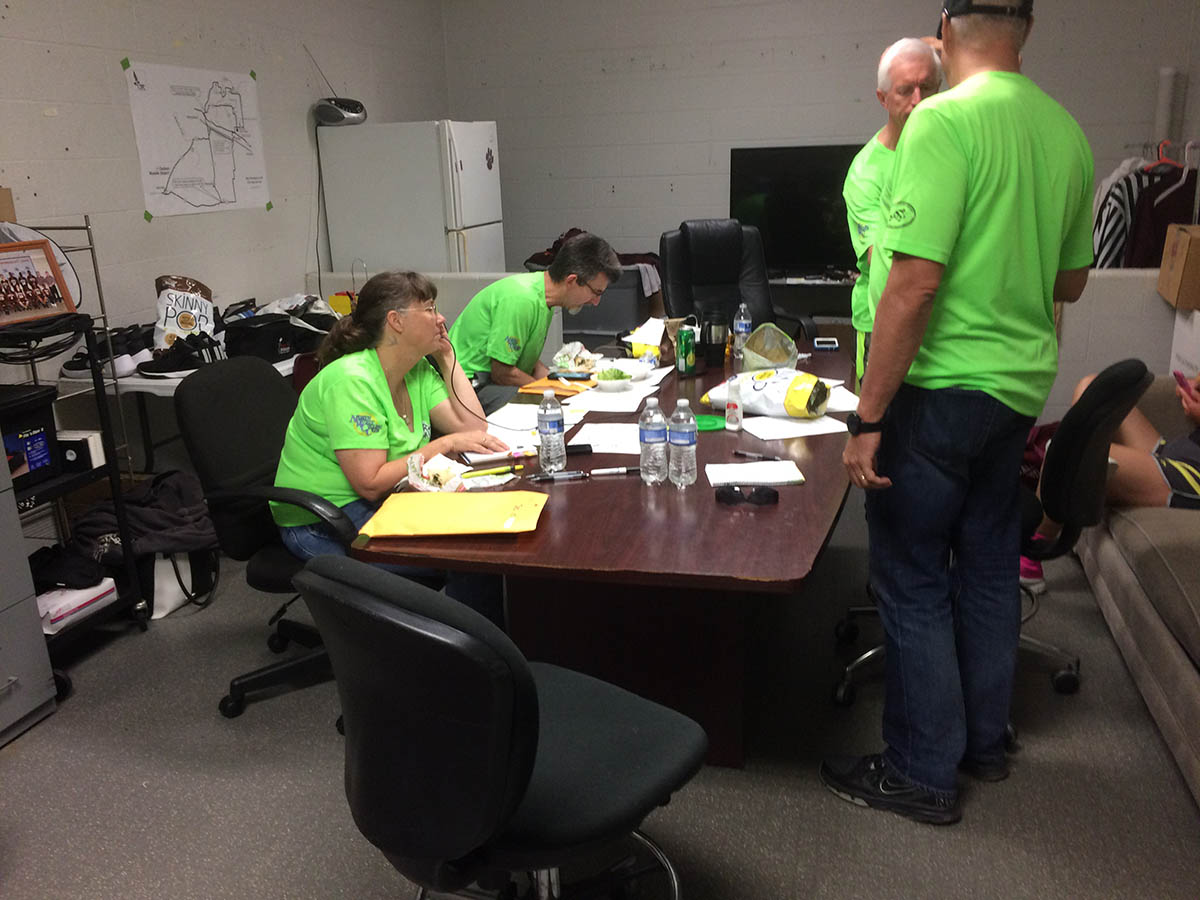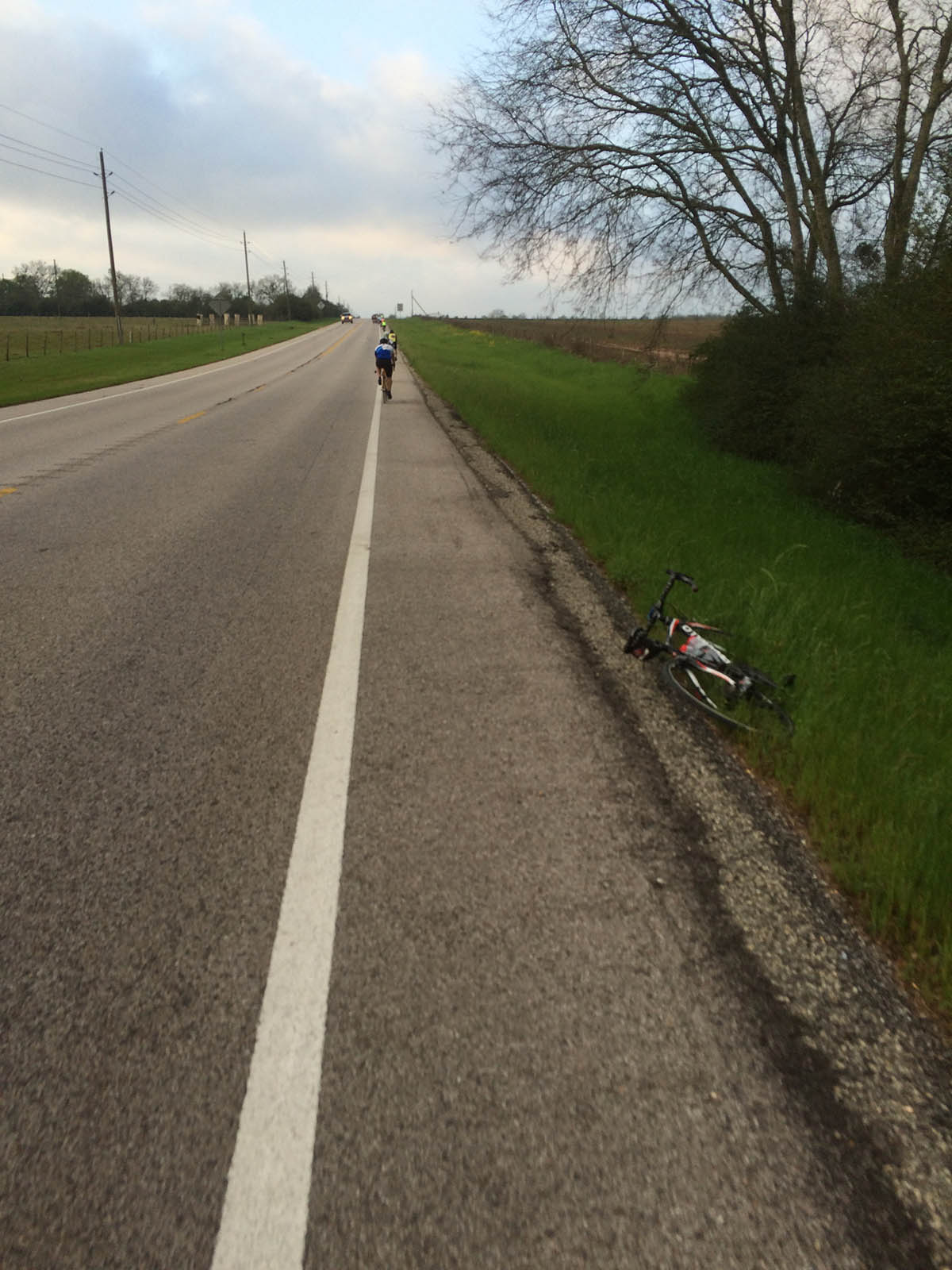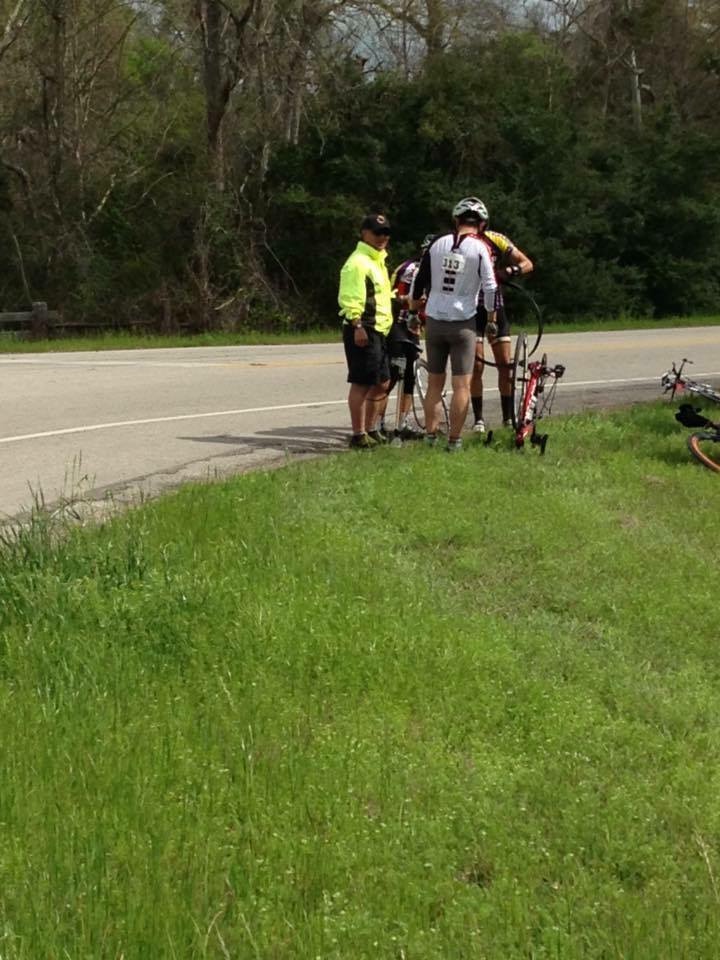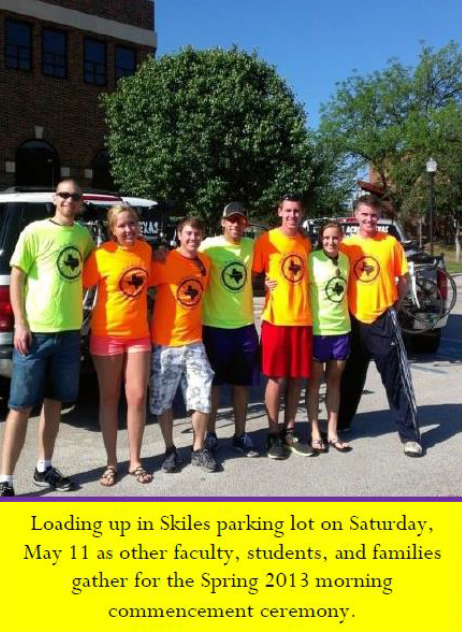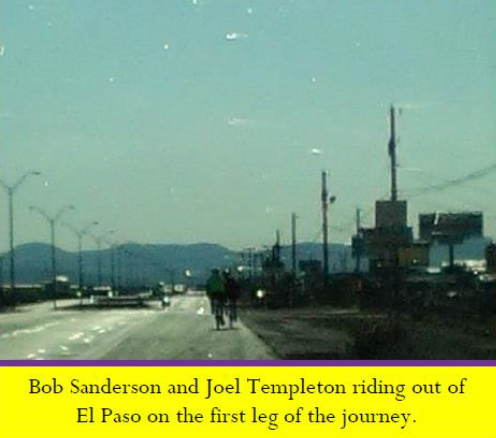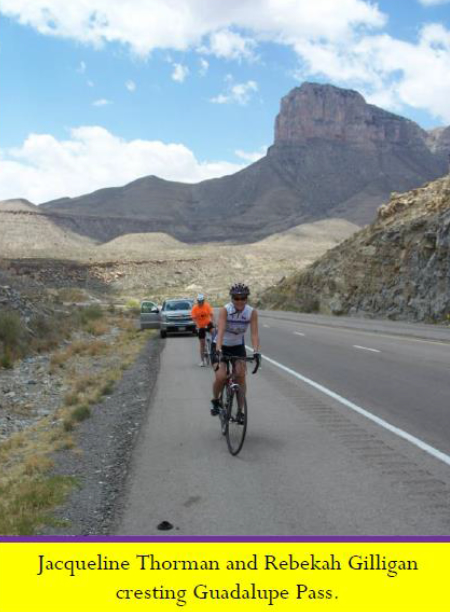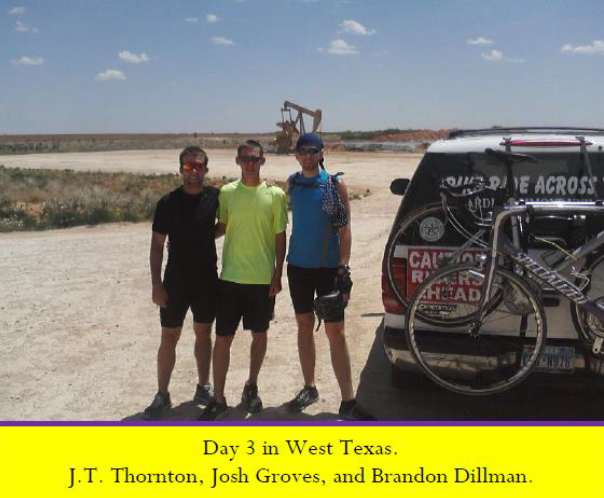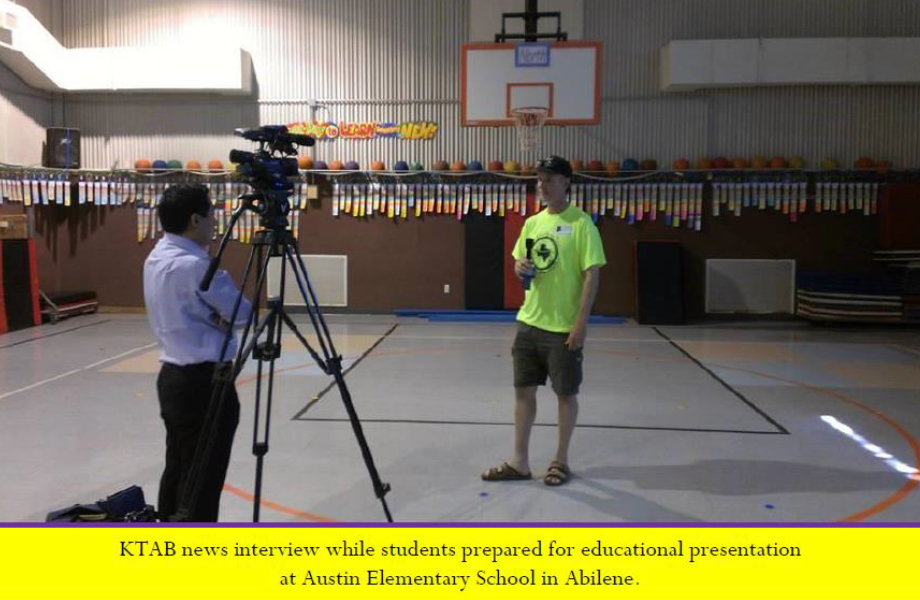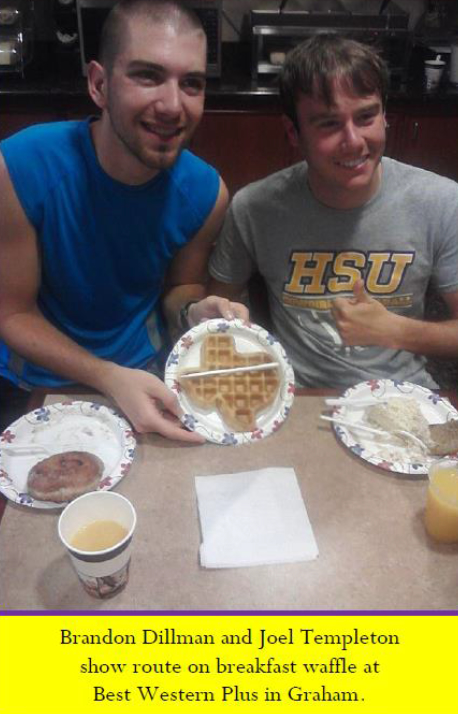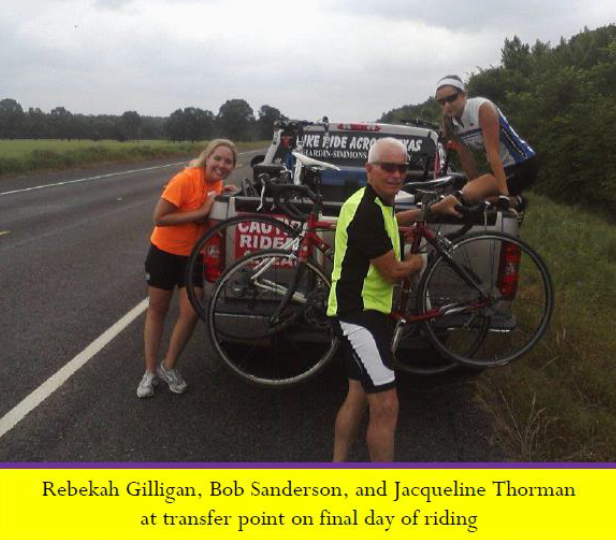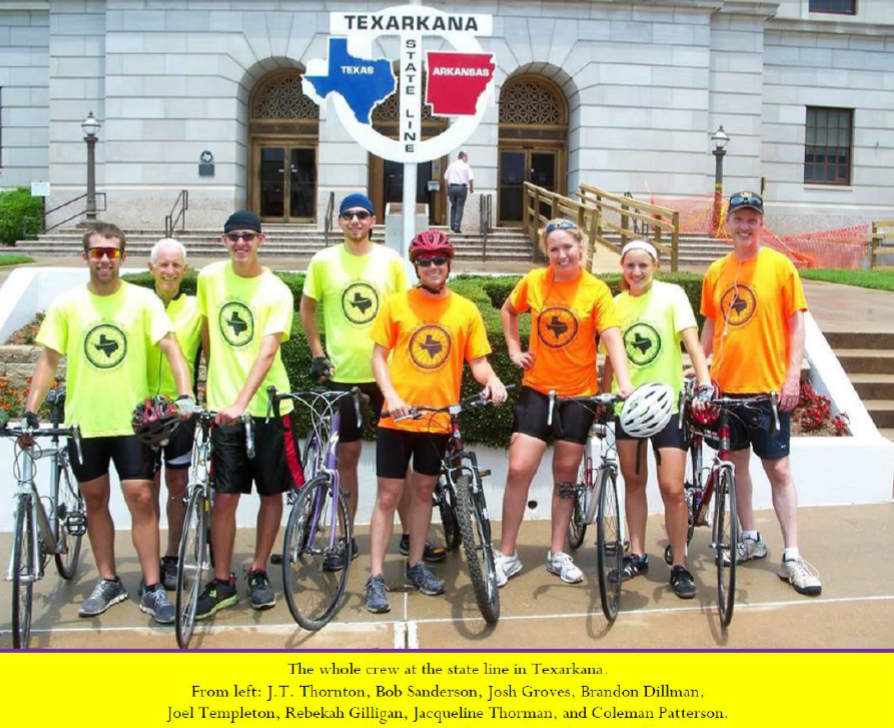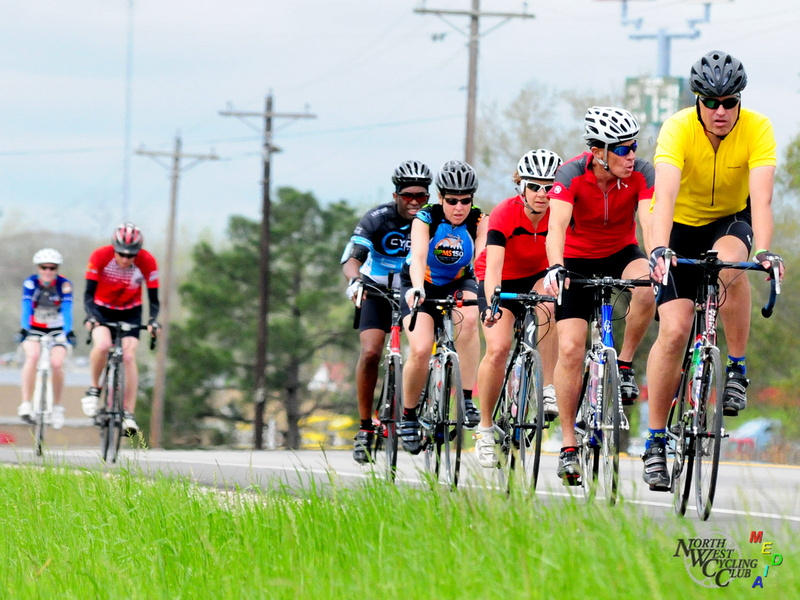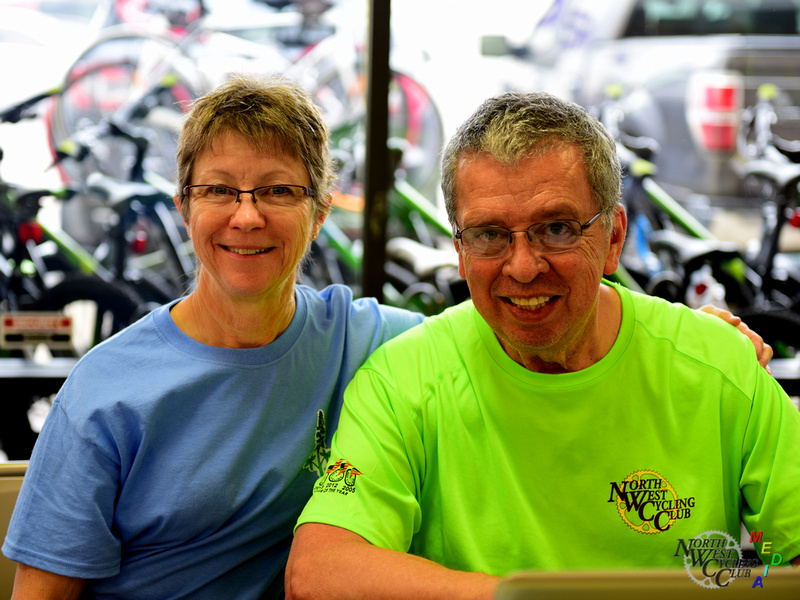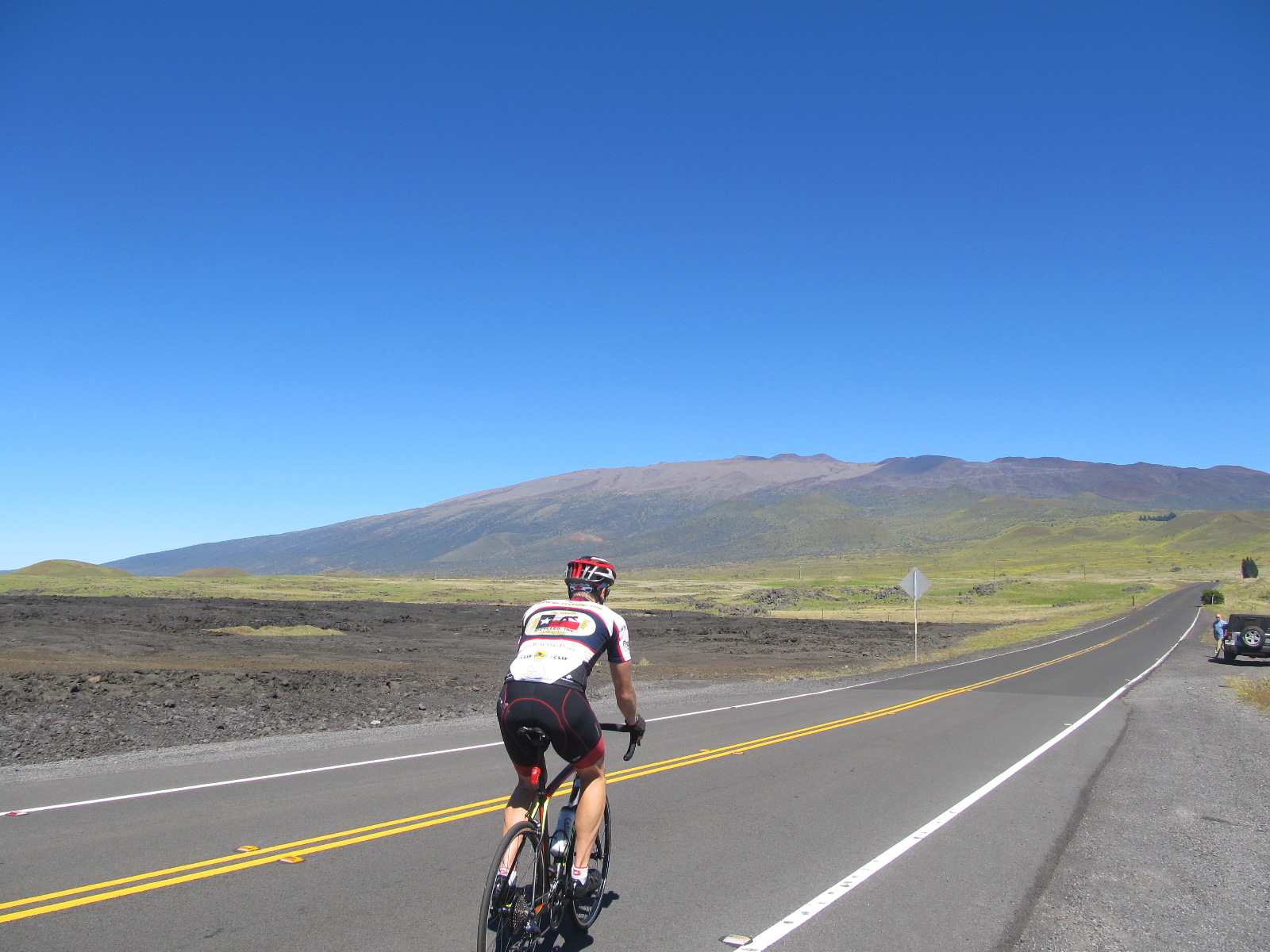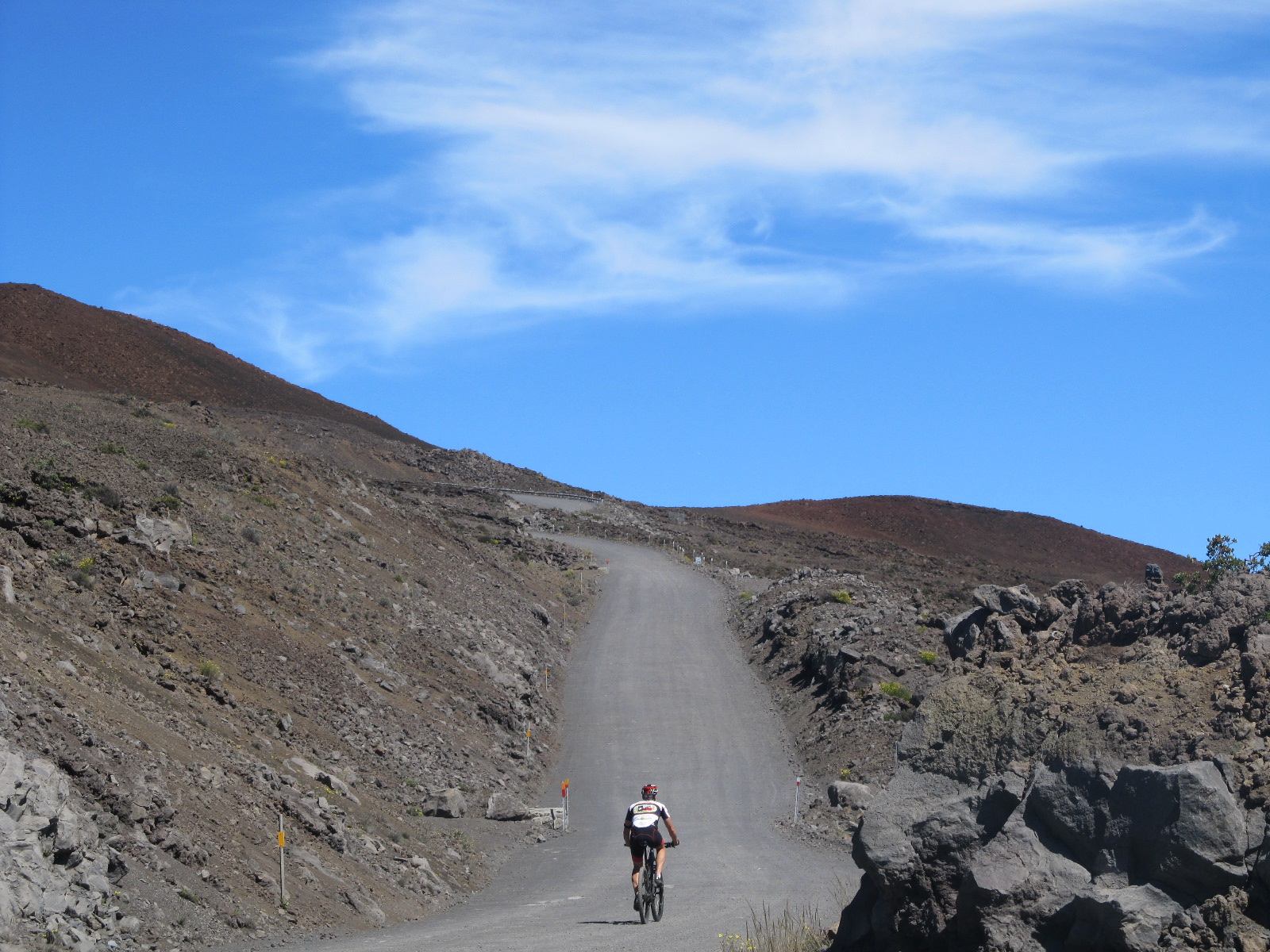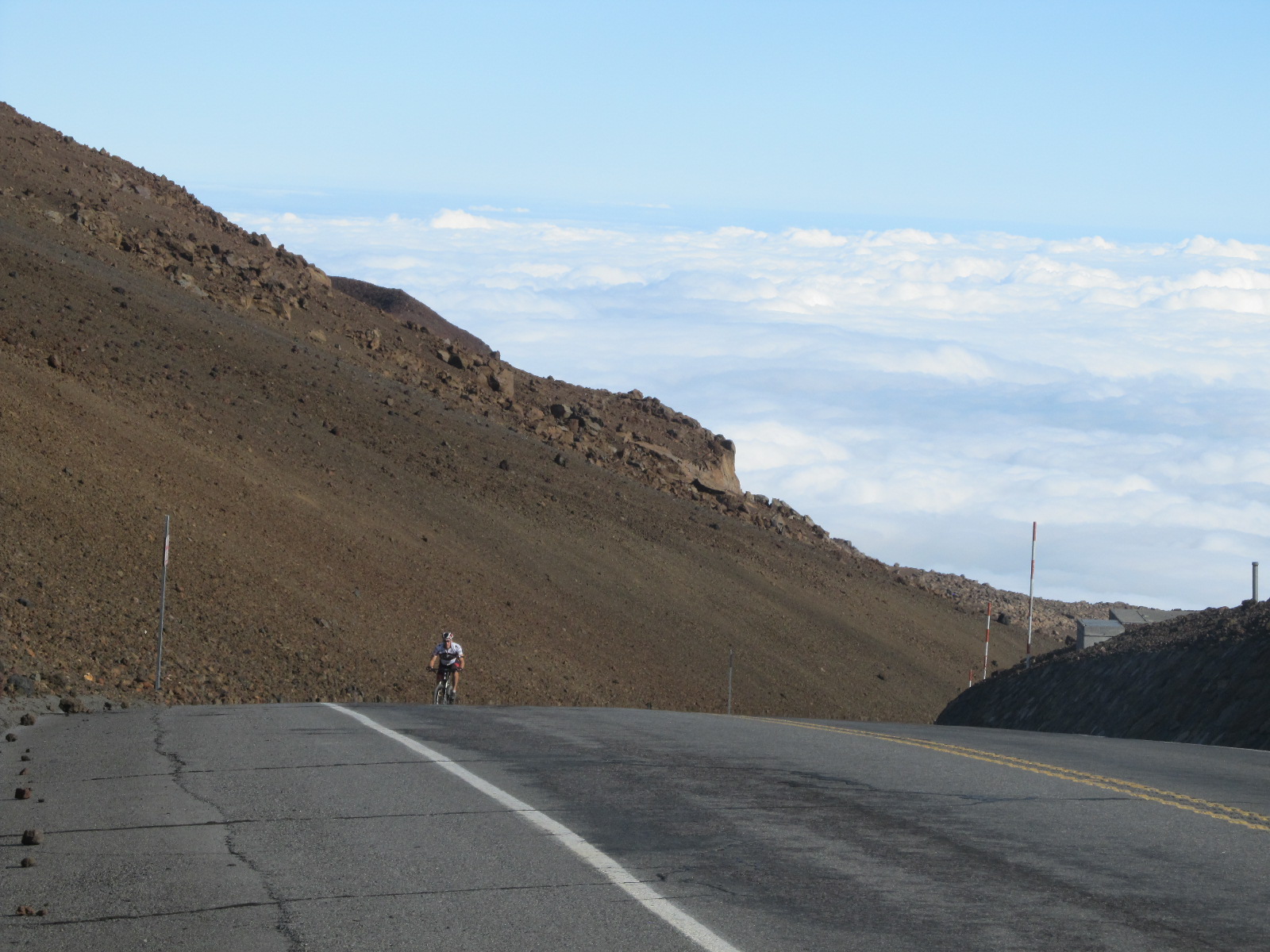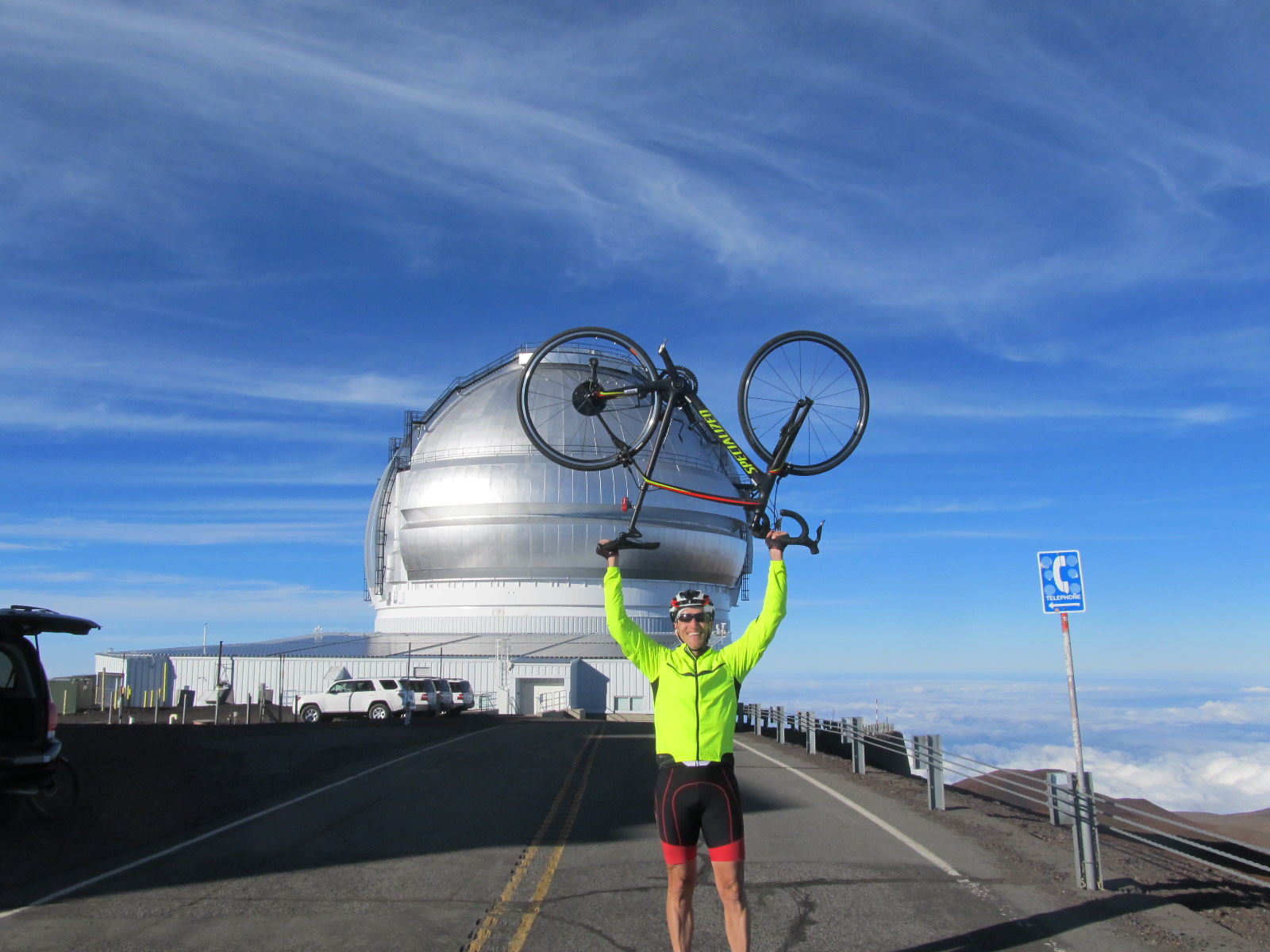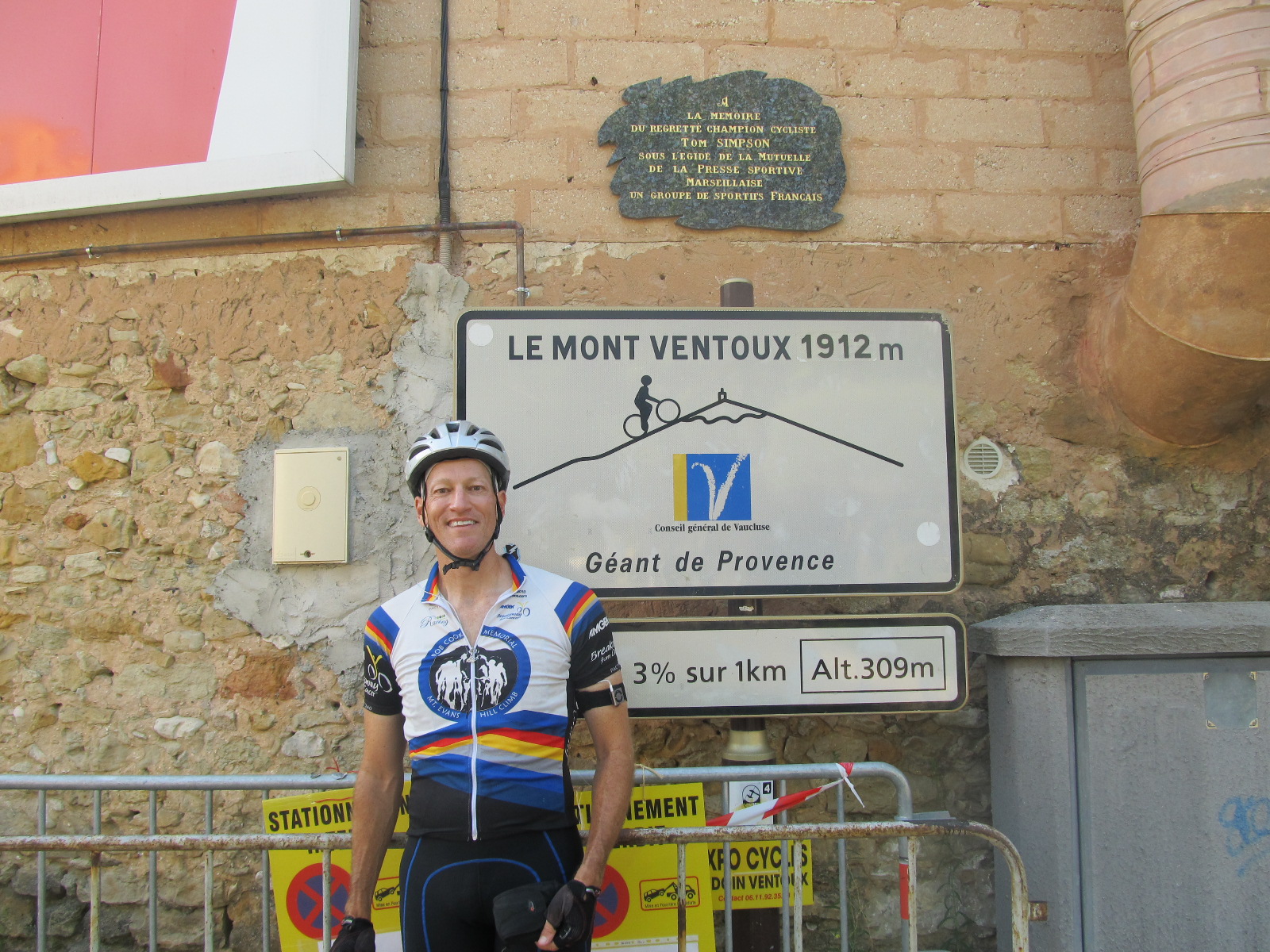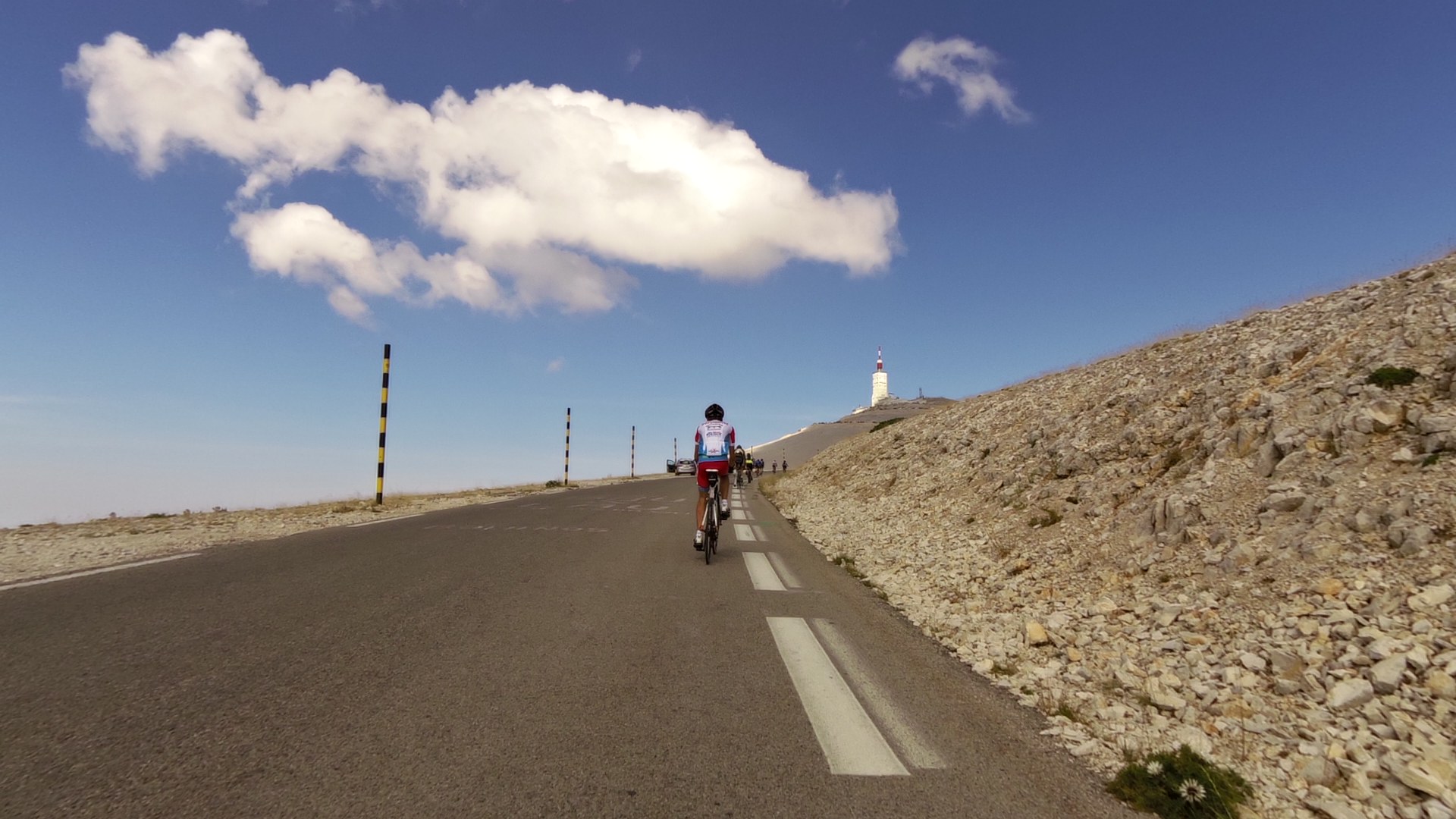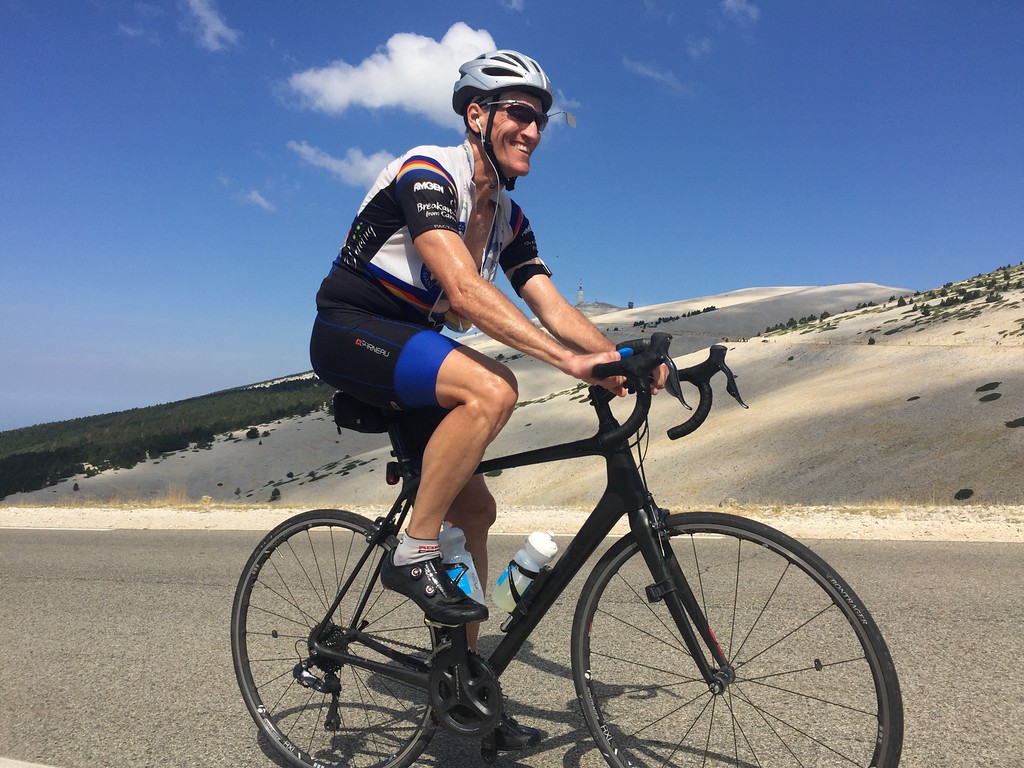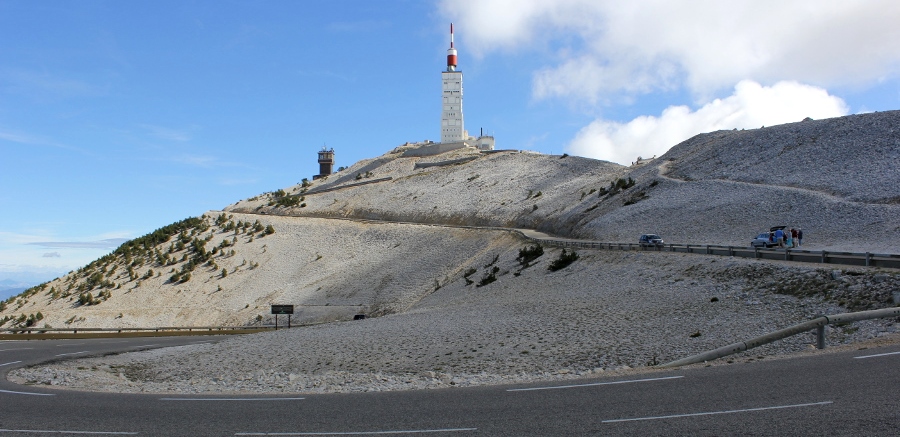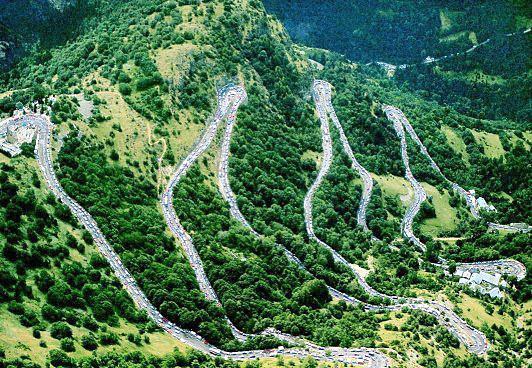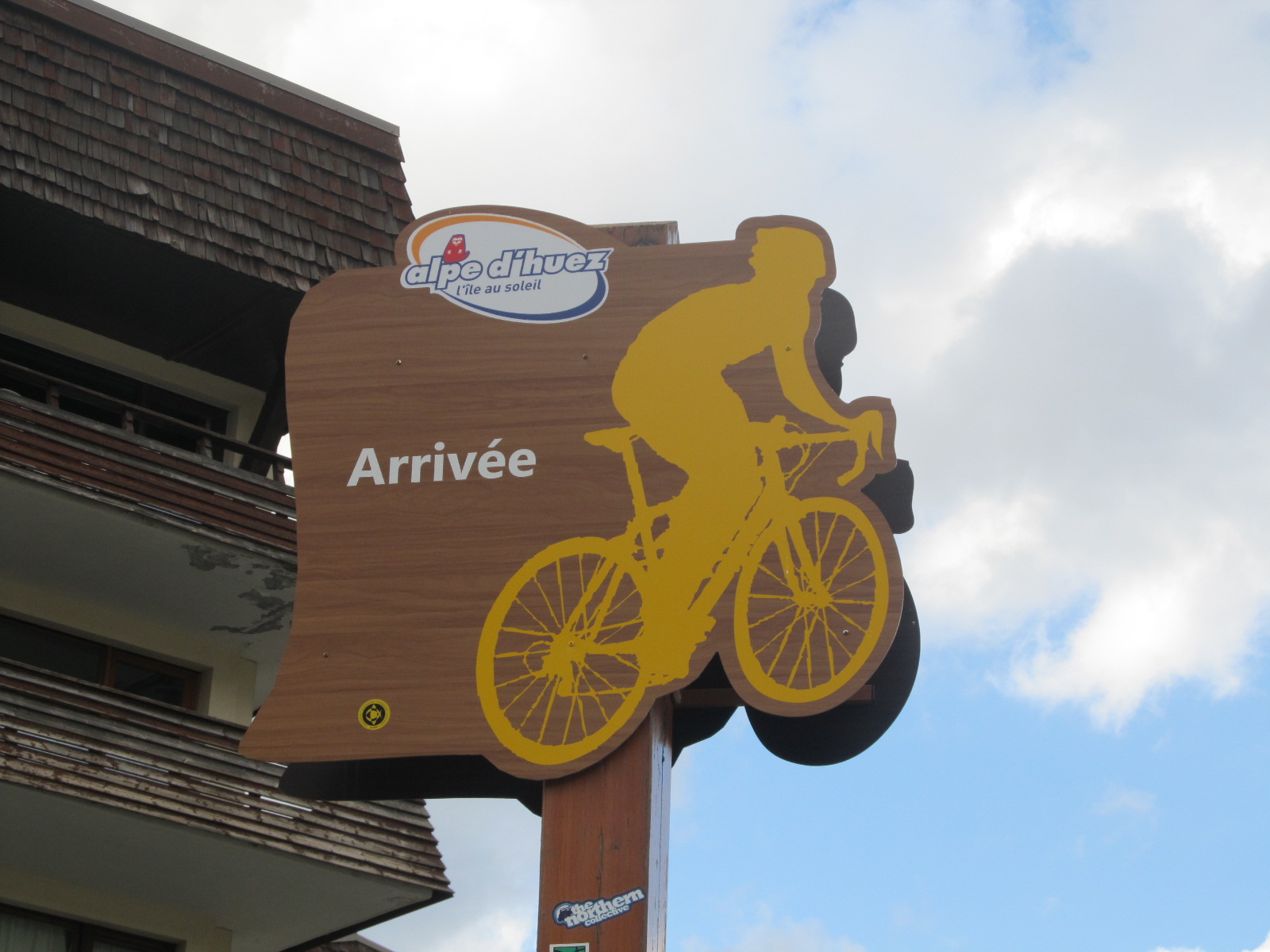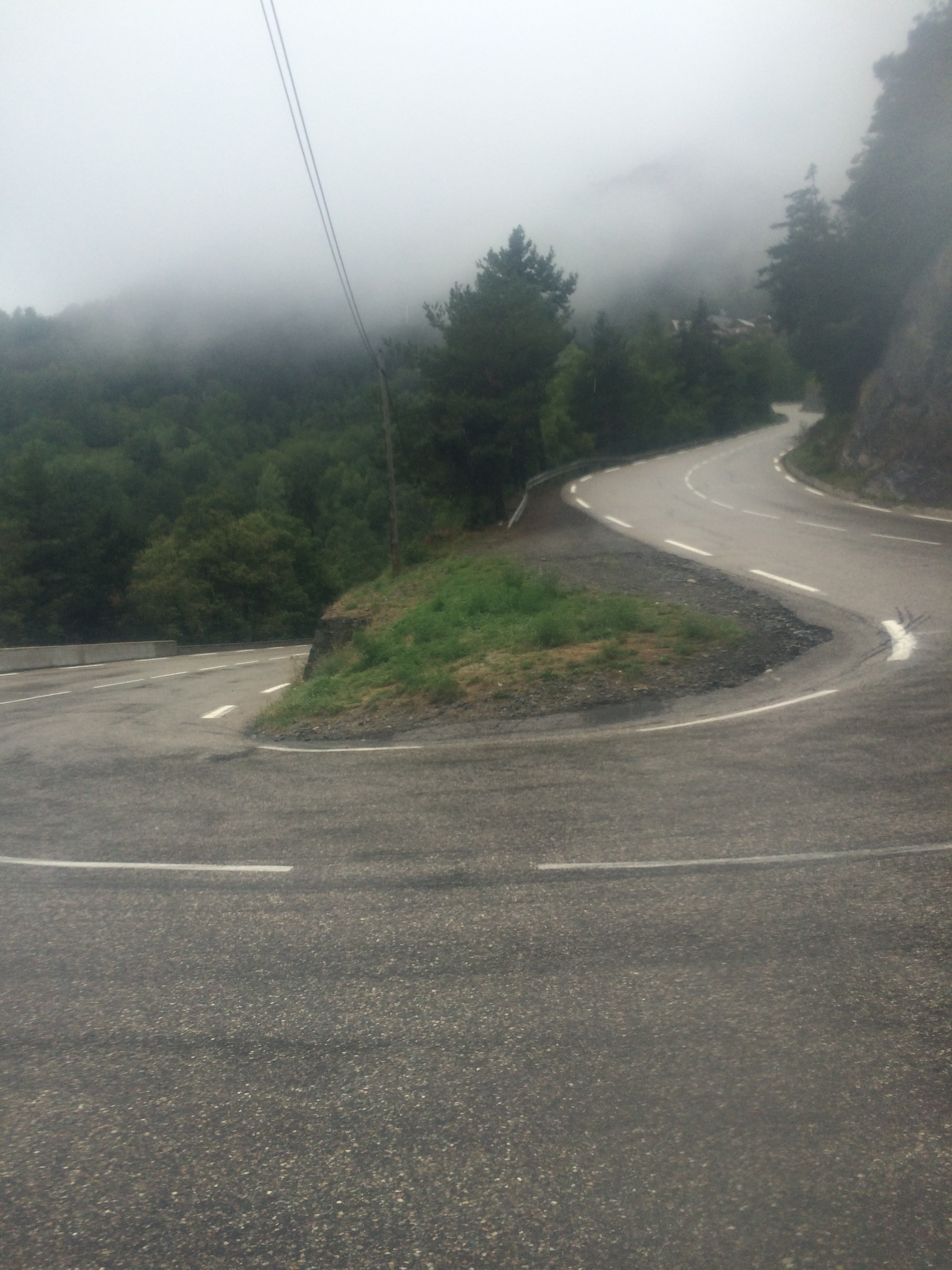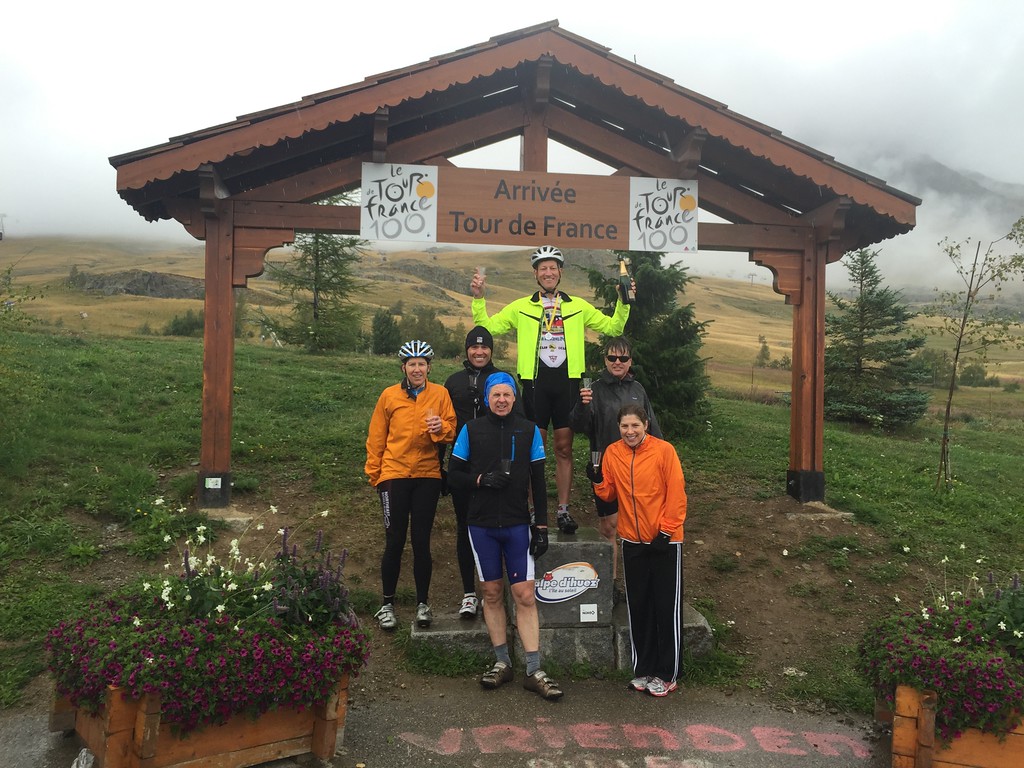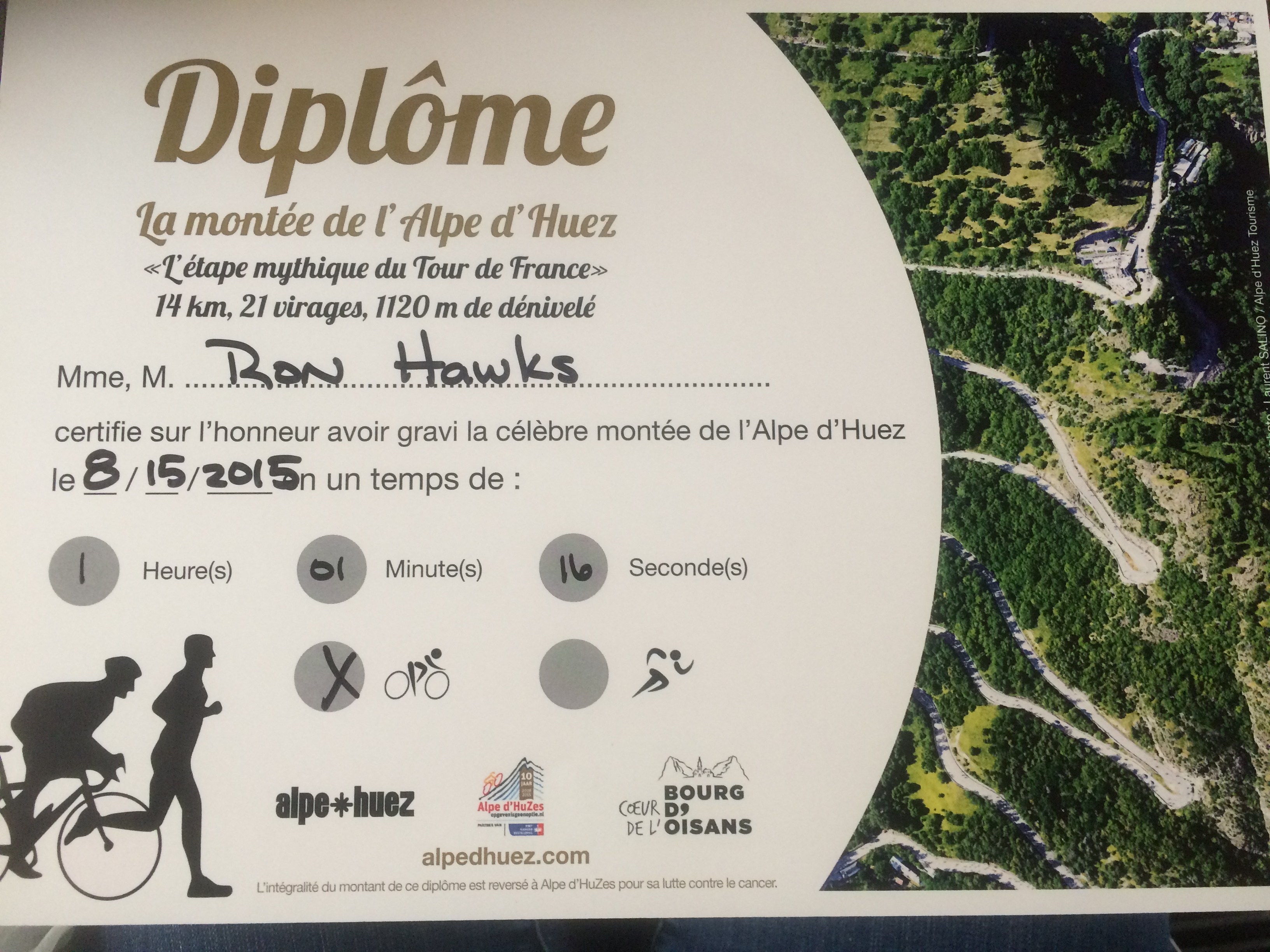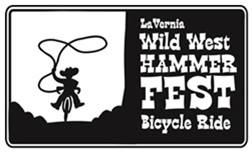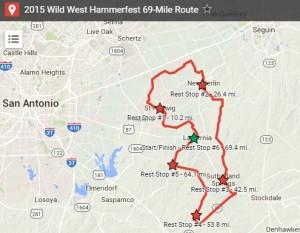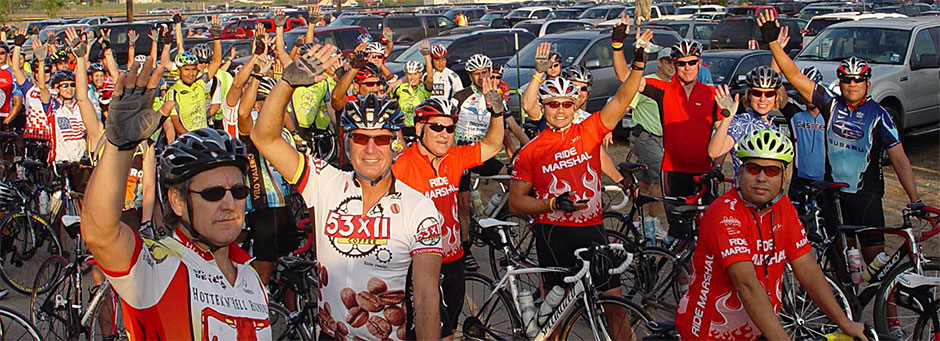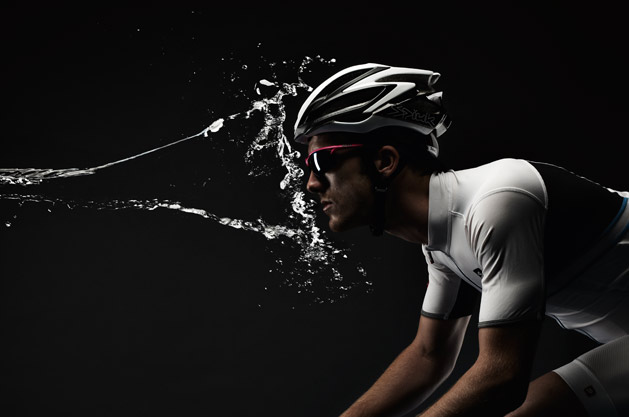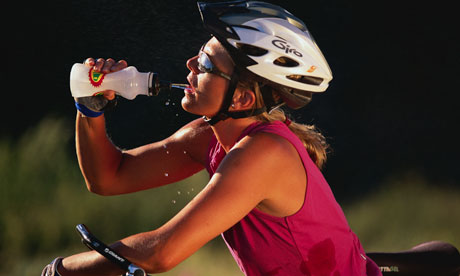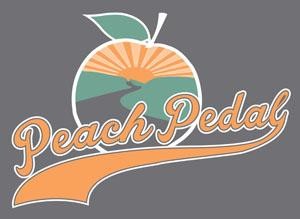March 2016 – Cycling and Safety – We All Share a Responsibility
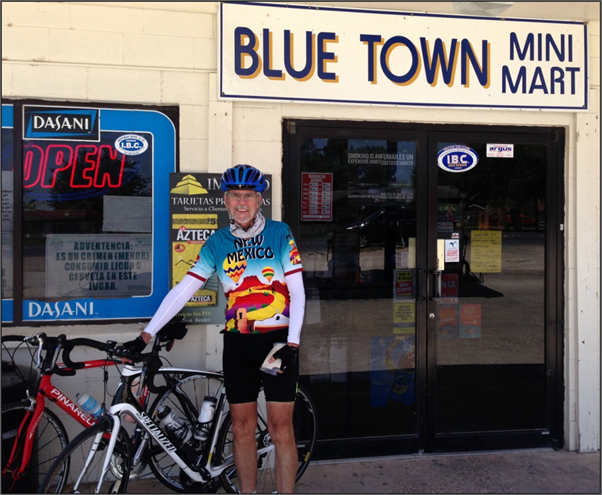
Richard Cavin, is a technology professional who lives and works in the Rio Grande Valley (RGV) of South Texas and is also an avid cyclist. He started cycling at the age of 57 and has ridden his bicycles over 35,000 miles in his four and a half years of cycling.
The tale of an ordinary citizen, a cyclist…..past, present and future. Why safety and awareness are so important.
Remember when you were young and full of energy? Maybe you are still young and full of energy but a lot of us are not young anymore, but still young at heart.
As a kid do you remember riding your bicycle when the world was not so crazy, hurried and complex? I do! Some of us remember those times well and have very fond memories. Tassels on the handlebar ends, baseball cards in the spokes to make motor sounds, connected to the fork via mom’s clothespins! Our favorite stickers on the bicycle frame, you name it, we lived on the bike! Yes those were the days. Life seemed much simpler then and less hurried.
As the years passed, the advancements in technology and society, automobiles have become much faster and sophisticated. As we’re all aware, technology has taken over the life of the majority of our society. Distractions are numerous: family, kids, friends, radios, phones, tablets, our jobs; you name it.
While the technology behind cycling has also advanced: one basic fact remains, people ride bicycles and those people are even more vulnerable to accidents today. A cyclist will lose the battle of a collision between almost any other object, whether it is the ground, a curb, a tree or a motor vehicle. Does it always have to be that way, maybe not……..
So why do people continue to cycle today? Maybe it is the love of the sport, the exercise, the feeling of enjoying the outdoors, the social aspect of meeting and riding with friends or as a primary means of transportation. Well as it turns out it is for all those reasons and more.
Have you ever wondered what type of people ride bicycles? Are they normal, productive members of our society? Yes they are! While some cyclists may have different viewpoints, they are in general outstanding people and citizens. Our society is challenged with many health issues related to complacency and lack of physical activity. Cycling is one way to reverse that trend. How many times have you heard we are an obese society, the facts are there to prove it.
For me, the love of cycling re-entered my life in May of 2011 after my wife passed away the previous year. I needed something to do besides work to fill that huge void in my life. Somehow I found cycling and I’ve embraced it tremendously. The activity has been great; but the friends and contacts I have made have been the greatest and most unexpected benefit. I’ve met so many people from all walks of life: housewives, college students, lawyers, police officers, preachers, laborers, teachers, technicians, engineers, business owners, touring cyclists from all over the world and numerous others. So yes we are out there riding our bikes.
I guess I should get to the point of this short article: that of safety on the roads. How would you feel if you accidentally caused an injury, minor or even fatal to one of these cyclists? I believe you’d probably feel pretty bad and heartbroken. What if one of your friends had been killed or suffered severe injuries by a negligent car driver? I have experienced firsthand the loss of a close cycling friend and known others who have suffered serious injuries.
So yeah, cyclists are normal and productive members of society. Sure we make mistakes riding our bikes and sometimes those mistakes can be fatal. Some cyclists stupidly ride through stop signs and red lights, SHAME ON US!! As a cyclist we should always assume that drivers “don’t see us”, let’s face it we must ride defensively at all times. The same goes for all of the automobile drivers out there. Watch out for us, pay attention to the road, quit texting and looking at your phones when you should be driving. If you’re tired, been drinking or should not be driving ask for help or just stop! Do not drive…. Yeah we’re all guilty of driving when we should not, me included, let’s all try our best to be more responsible.
So I’m asking everyone to just remember the next time you see someone on the road on a bicycle….be aware. Our goal should be to share the road, yes give us a wide berth, it only takes a few extra seconds to be careful and smile because you have allowed us all to make our roads a better place to ride.
Responsibility is important, both for cyclists and drivers. Otherwise that next person who gets killed or seriously injured might be one of your friends and a parent….
The region where I live, the Rio Grande Valley of Texas is such a great place to cycle because of our climate, let’s all try to make it safer for everyone.
If you’d like to discuss cycling, have any comments about this short article and suggestions send me an email.
Until next time, Be Safe and Ride On!
Richard Cavin
Harlingen, TX
South Texas Regional Brevet Administrator (RUSA)
Email: rwc5830@gmail.com
https://www.facebook.com/groups/rgvcyclingfriends/
